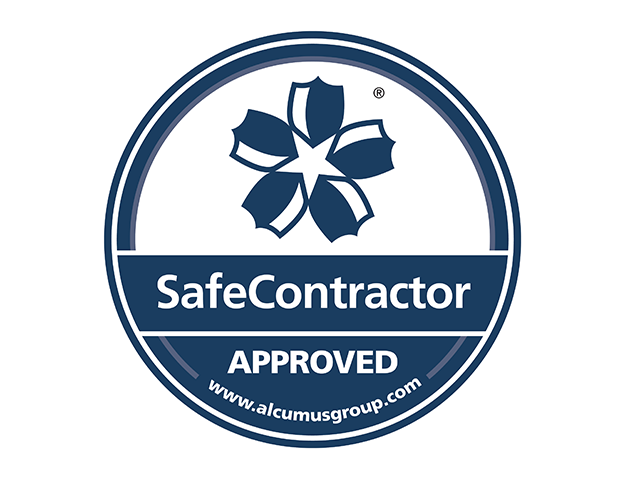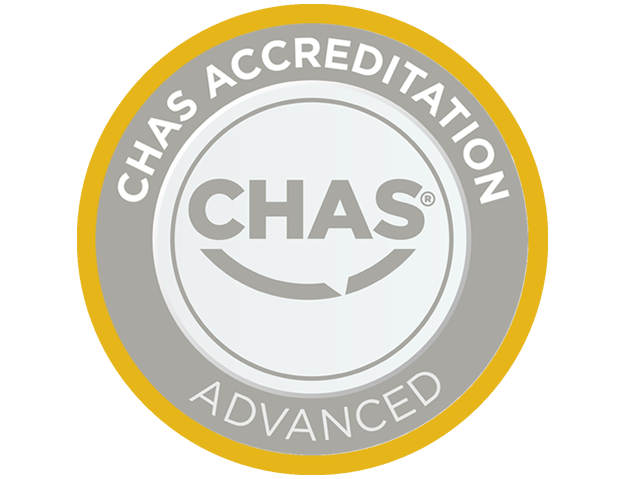Wall Tie Replacement And Repairs
When looking at structural repairs, wall ties are an integral aspect. To ensure the best results, they should be surveyed and installed by recognised professionals.

Structural Solutions / Wall Tie Replacement
Wall ties are an important component in building structures. They help to ensure the stability of the outer wall of a cavity wall when fighting against wind loads and adverse weather. The condition and number of wall ties inserted into the structure are important, if corrosion has set in or wall ties are missing or broken, then remedial ties will be required. Solid masonry may also delaminate through broken headers or deteriorated mortar and require remedial wall tying to ensure long term building stability.
Corroded Wall Tie in the Cavity
This Picture shows typical wall tie damage where the corroding and delaminating tie in the joint is expanding and causing the mortar joint to crack and de-bond leaving a regular pattern of cracking every six courses on most buildings.
Get in touch with our technical team today!
MacLennan Waterproofings Answer to Wall Tie Replacement
Helical remedial wall ties are stainless steel, corrosion resistant and also flexible so that they can accommodate the natural movement in buildings. Easy to install and test within the building that is under repair, we leave nothing to chance to ensure high quality results. Where drilling through the brick face is not possible, then insertion of our helical remedial wall ties into the mortar bed should be considered. Provided the mortar in place is strong and in good condition, then inserting remedial wall ties will be a satisfactory resolution. Angled drilling may also be used in special circumstances.
Testing and Spacing
Pre-specification testing should be included as a routine part of the building survey. At least one, and preferably two, ties should be inserted into each elevation at different levels to determine the minimum pull out load obtainable from both near and far leaves. This minimum load should be used as the basis for deciding the density of ties to be installed. This testing is carried out by MacLennan's surveyors when contracts are awarded or for a small cost at tender stage. For a small contract, at least 10 ties must be tested; on large projects 5% of all ties should be tested. For most applications (buildings under 30m high and areas with a maximum wind speed of less than 46m/sec) the minimum tensile proof load is 1kN based on a tie density of 2.5 per m (900mm x 450mm centres). This excludes cladding form masonry and substrates below 100mm deep.
Independent Testing and Approvals
Helical remedial products have been independently and vigorously tested in a wide range of common materials so that they can be made to deliver the best results. The testing programme is on-going and to date, has been carried out by the Civil Engineering Department of Oxford Brookes University; the Civil & Structural Engineering Department of Middlesex University; The Transport Research Laboratory, Crowthorne and the Building Research Establishment, Garston.
Why should I work with MacLennan?
WE’RE INDEPENDANT
We Design, supply and install. There's no split responsibility with MacLennan.
WE’RE PASSIONATE
MacLennan live and breathe waterproofing, have a look at one of our free CPD seminars and find out!
WE’RE GUARANTEED
MacLennan has the most comprehensive guarantees and insurances in the industry.





